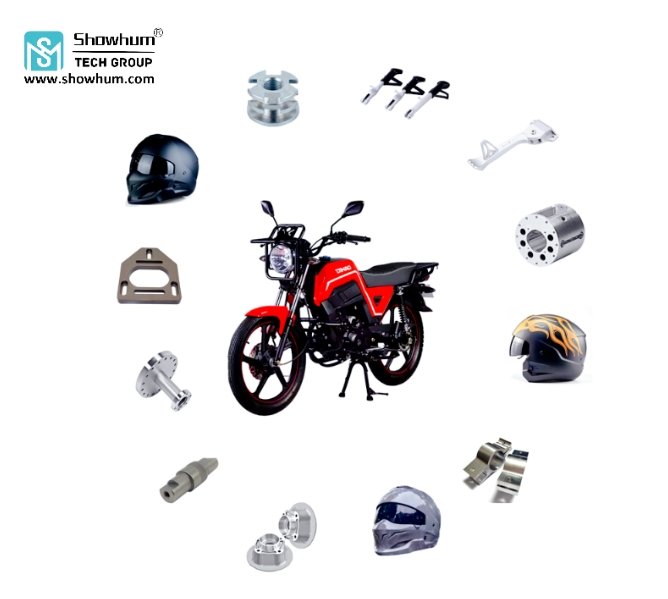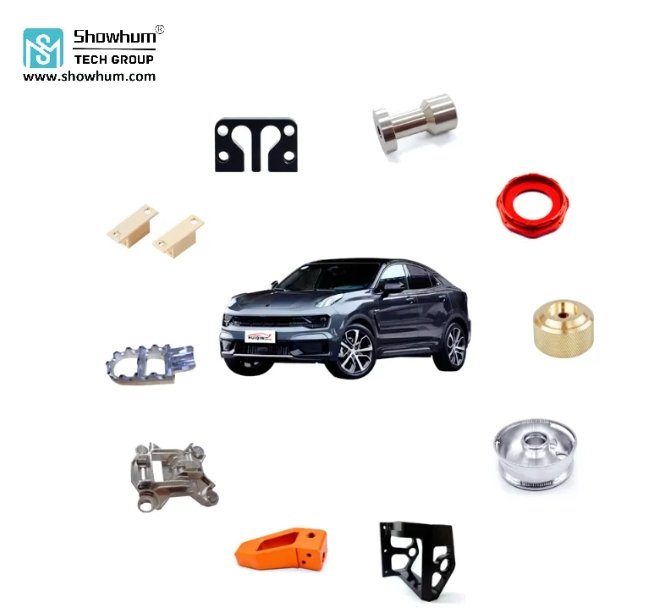The metal fabrication industry has undergone significant evolution over the years, driven by technological advancements, changing market dynamics, and evolving consumer preferences. As one of the foundational sectors supporting various industries, including construction, automotive, aerospace, and manufacturing, the metal fabrication industry continues to adapt to emerging trends and embrace innovative technologies. Let’s explore the key trends shaping the future of metal fabrication:

Digitalization and Industry 4.0: The adoption of digital technologies and automation is revolutionizing the metal fabrication industry, leading to the emergence of Industry 4.0 principles. Smart factories equipped with sensors, IoT (Internet of Things) devices, and advanced analytics tools enable real-time monitoring of production processes, predictive maintenance, and data-driven decision-making. Digitalization streamlines workflows, improves efficiency, and enhances quality control, positioning metal fabrication companies for greater competitiveness in the global market.

Additive Manufacturing (AM): Additive manufacturing, commonly known as 3D printing, is reshaping traditional metal fabrication processes by enabling the production of complex geometries with unprecedented precision and efficiency. AM technologies, such as selective laser melting (SLM) and electron beam melting (EBM), allow for the direct fabrication of metal parts from digital designs, eliminating the need for costly tooling and reducing material waste. As additive manufacturing continues to mature, its adoption in metal fabrication is expected to increase across various industries, including aerospace, healthcare, and automotive.
Sustainable Practices: Sustainability is becoming a key focus area for metal fabrication companies as they seek to minimize their environmental footprint and meet regulatory requirements. Sustainable practices, such as recycling scrap metal, reducing energy consumption, and implementing eco-friendly manufacturing processes, are becoming increasingly prevalent within the industry. Additionally, the use of renewable energy sources, such as solar and wind power, is gaining traction as companies strive to achieve carbon neutrality and promote environmental stewardship.

